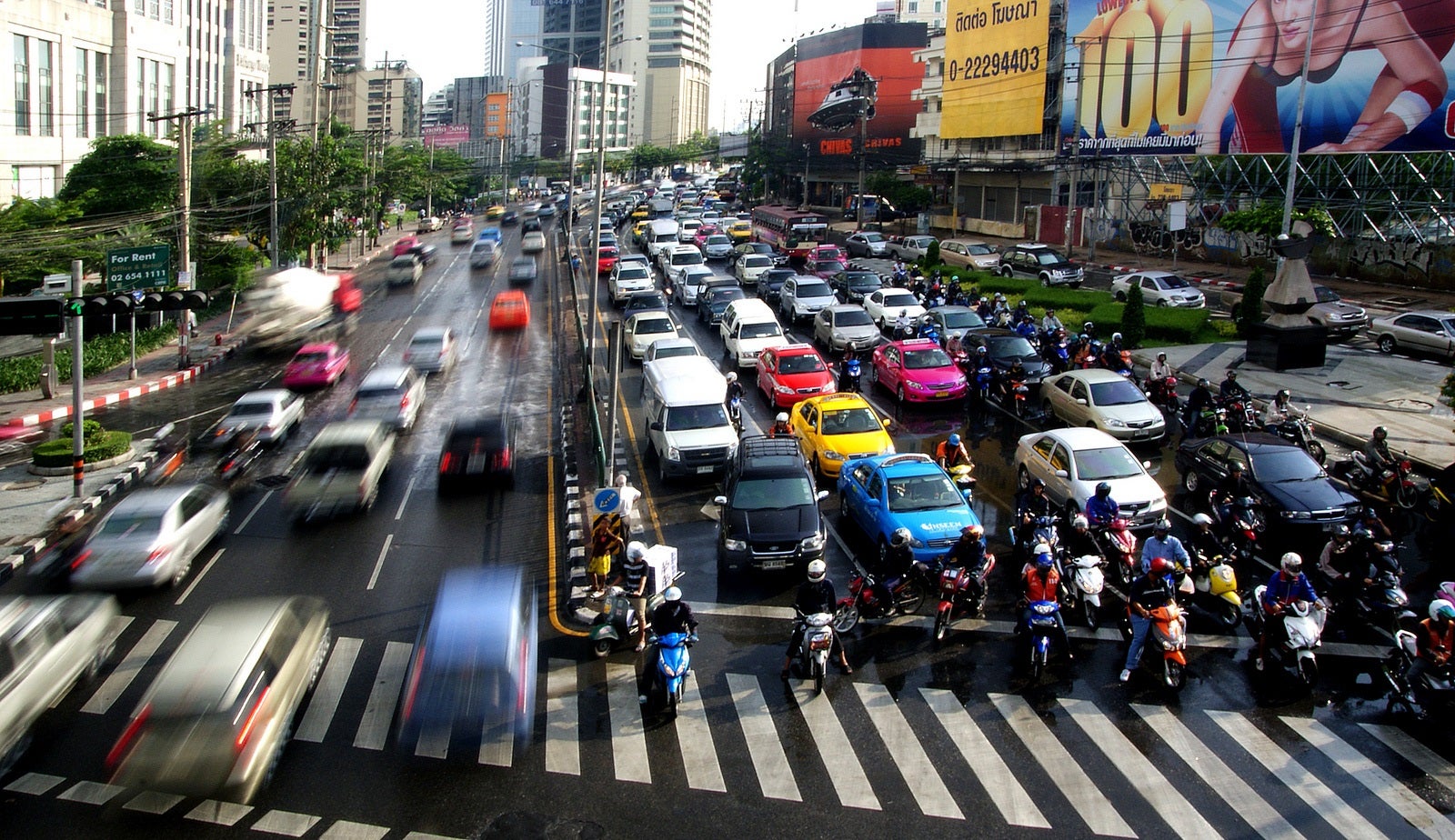
Transport bears a huge responsibility in the current situation: the sector contributes to nearly a quarter of global energy-related greenhouse gas emissions, and 18% of all manmade emissions in the global economy. Under a business-as-usual scenario, this figure will continue rising to reach 1/3 of all emissions by 2040.
This means cutting emissions from transport will be central to solving the climate equation. To kickstart this process, the Sustainable Mobility for All initiative (Sum4All) just released a preliminary Global roadmap of action towards sustainable mobility that lays out concrete policy measures for a healthier transport future. Our coalition of 55 leading public and private organizations looks at all dimensions of sustainability: safety, efficiency, equitable access, and, of course, environmental impact.
As global leaders head to Poland for the COP24 Climate Conference, now is a good time to identify the most effective solutions for lowering the carbon footprint of transport. In that spirit, we encourage all interested parties to provide input and feedback on SuM4All’s Roadmap of Action: Which policy interventions do you think should be prioritized? Are there any critical measures that are missing from the proposal? How can the private sector be part of the solution?
If you are interested in shaping tomorrow’s mobility agenda, we’d love to hear from you, and invite you to contact us by email.
As we gather contributions from public and private stakeholders around the world, here’s where the conversation on transport and climate stands so far:
- By 2050, road transport is projected to see its GHG emissions rise by more than half, international aviation by 300-700%, while estimates for international maritime transport range between 50-250% for different scenarios. In light of this, limiting the global average temperature increase will require sweeping changes across the entire sector. To drive this ambition, all major modes will need to work closely together.
- A reduction in transport-related GHG emissions will only be made possible by reducing transport’s dependency on fossil fuels and increasing its reliance on alternative energy technologies. With 96% of global transport’s energy mix currently dependent on fossil fuels, this is more easily said than done. Many fossil fuel suppliers consider that, by 2050, oil will still be the dominant fuel source for mobility, with natural gas and electricity taking on a growing role.
- Focusing on alternative energy technologies for vehicles, it is no surprise that they make up only 1/9 of the total revenue generated by the transport market. Clean diesel takes the lion’s share of the alternative fuel market, while the market share of electric and hybrid vehicles—often presented as the most promising pathway toward greener mobility—will need to grow exponentially before they can make a real difference (see graph below). In markets where electric vehicles are taking hold, another challenge will be to ensure that the electricity itself comes from clean sources. Although it is leading the way in electric vehicle adoption, China, for instance, still produces 70% of its energy from coal.

- From Chile to California, governments and operators are increasingly looking into the potential of renewable energy options such as solar, wind, and bioenergy to power transport systems. While bioenergy use in transport has yet to take off, the International Energy Agency projects that the share of biofuels in the global transport energy mix will grow to 27% by 2050.
The current discussion on the future of mobility focuses largely on the potential of innovations like electric and autonomous vehicles. These technologies certainly have a key part to play in reducing emissions, yet they still favor a car-centric vision of mobility that does not address other adverse consequences like traffic congestion, noise, or air pollution. To make transport truly sustainable, we cannot just run the same old system with a cleaner engine. Future generations deserve a bolder, richer transport conversation that looks at all possible solutions simultaneously—including the toughest ones—from cleaner energy to demand management, behavior change, and virtual mobility.


Join the Conversation